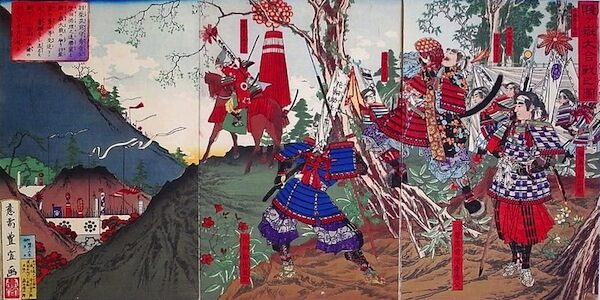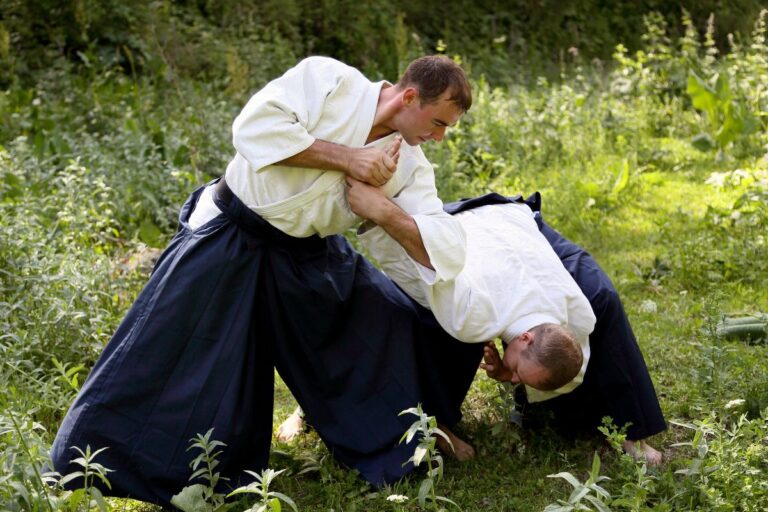Sen no Rikyu was an influential master of the Tea Ceremony.

Famed for his having developed the Way of Tea into an art form, as well as for his political connections and unexplained sudden, enforced suicide.
Today there are three main lines of the Japanese Way of Tea directly descended from the teachings of Sen no Rikyu, the Omotesenke, Urasenke and Mushakojisenke styles. Each style differs slightly. As per of his Zen training, Rikyu preferred simple, rustic tea tools, and did much for popularizing the Japanese philosophy of wabi-sabi, i.e. finding beauty in the simple and imperfect. This was further shown in his simple, yet elegantly made tea bowls and tools, as well as the tea rooms he designed.
Rikyu was born in the seaport town of Sakai, currently part of Osaka City, where his father, Tanaka Yoyoue operated warehouses. Little is known of his early and middle years other than he studied tea and Zen from an early age, becoming Tea Master to Oda Nobunaga when he was 58 years old. Upon the death of Nobunaga, Rikyu’s relationship with Toyotomi Hideyoshi evolved, and with Hideyoshi’s patronage, Rikyu became one of the tea world’s leading figures and gained many followers from within the nobility.
Despite his friendship, Rikyu was forced by Hideyoshi to commit ritual suicide in 1591. The exact circumstances are not clear, however, there are a number of reasons that may have led to the tea master’s death.
Rikyu’s influence over politics had been increasing, as a number of daimyo and able warriors studied under the man. He had been taken into the confidence of Hideyoshi, and was one of the few to ever refuse the ruler anything. One story relates how he refused to allow the philanderer Hideyoshi access to his daughter, and another story tells of how Hideyoshi desired Rikyu’s treasured garden stone lantern.
Rikyu smashed a chunk from the lantern and then told Hiseyoshi that it would be “An insult to his lordship to present a damaged item”, thus keeping the stonework, which would eventually become the gravestone of the daimyo Hosokawa Tadaoki.
Rikyu’s placing of an effigy of himself in the second story of the Sanmon Gate at Hideyoshi’s sumptuous palace, the Jurakudai, effectively placing himself above all others, in particular greatly angered the Taiko, Hideyoshi.
His audacity seems to be the most likely reason the man was ordered to commit seppuku. This was carried out within the confines of the grand palace following a special tea ceremony, in which after serving his guests, he presented each of them with a treasured implement used at that final gathering. All except for the bowl, which he smashed, preventing it from ever being used again.
Interestingly, a year later when Hideyoshi was constructing his new residence at Fushimi Castle, south of Kyoto, he ordered its design and decoration be to the tastes of Rikyu.
Rikyu’s grave now lies within the Daitoku-ji precincts, where memorial services are held on the 28th of every month.

